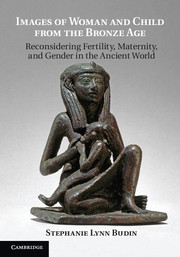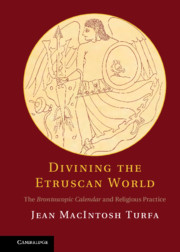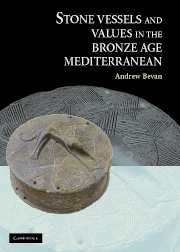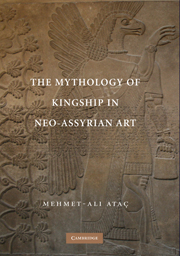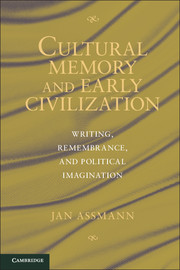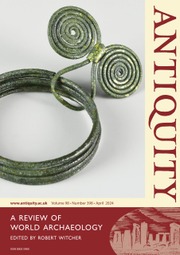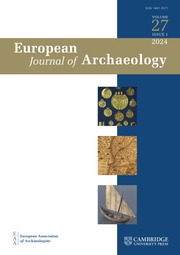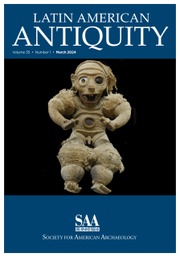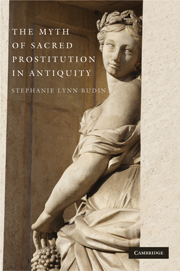Images of Woman and Child from the Bronze Age
This book is a study of the woman-and-child motif - known as the kourotrophos - as it appeared in the Bronze Age eastern Mediterranean. Stephanie Lynn Budin argues that, contrary to many current beliefs, the image was not a universal symbol of maternity or a depiction of a mother goddess. In most of the ancient world, kourotrophic iconography was relatively rare in comparison to other images of women and served a number of different symbolic functions, ranging from honoring the king of Egypt to adding strength to magical spells to depicting scenes of daily life. This work provides an in-depth examination of ancient kourotrophoi and engages with a variety of debates that they have spawned, including their role in the rise of patriarchy and what they say about ancient constructions of gender.
- Well illustrated
- Geographically inclusive
- Unique in the field
Reviews & endorsements
"… [this] book is an important addition to the study of gender and iconography in the ancient world, which will be appreciated by graduate students and professionals working in these research areas."
American Journal of Archaeology
"The book debunks several long-held and unsubstantiated beliefs in the literature, and reorients our thinking about images of women and children towards a context-specific approach."
Allison Thomason, Near Eastern Archaeology
"Recommended."
Choice
Product details
April 2014Paperback
9781107660328
396 pages
254 × 178 × 21 mm
0.69kg
46 b/w illus.
Available
Table of Contents
- 1. Introduction
- 2. Egypt
- 3. The Levant and Anatolia
- 4. Mesopotamia and Iran
- 5. Cyprus
- 6. Aegean
- 7. Conclusions.

